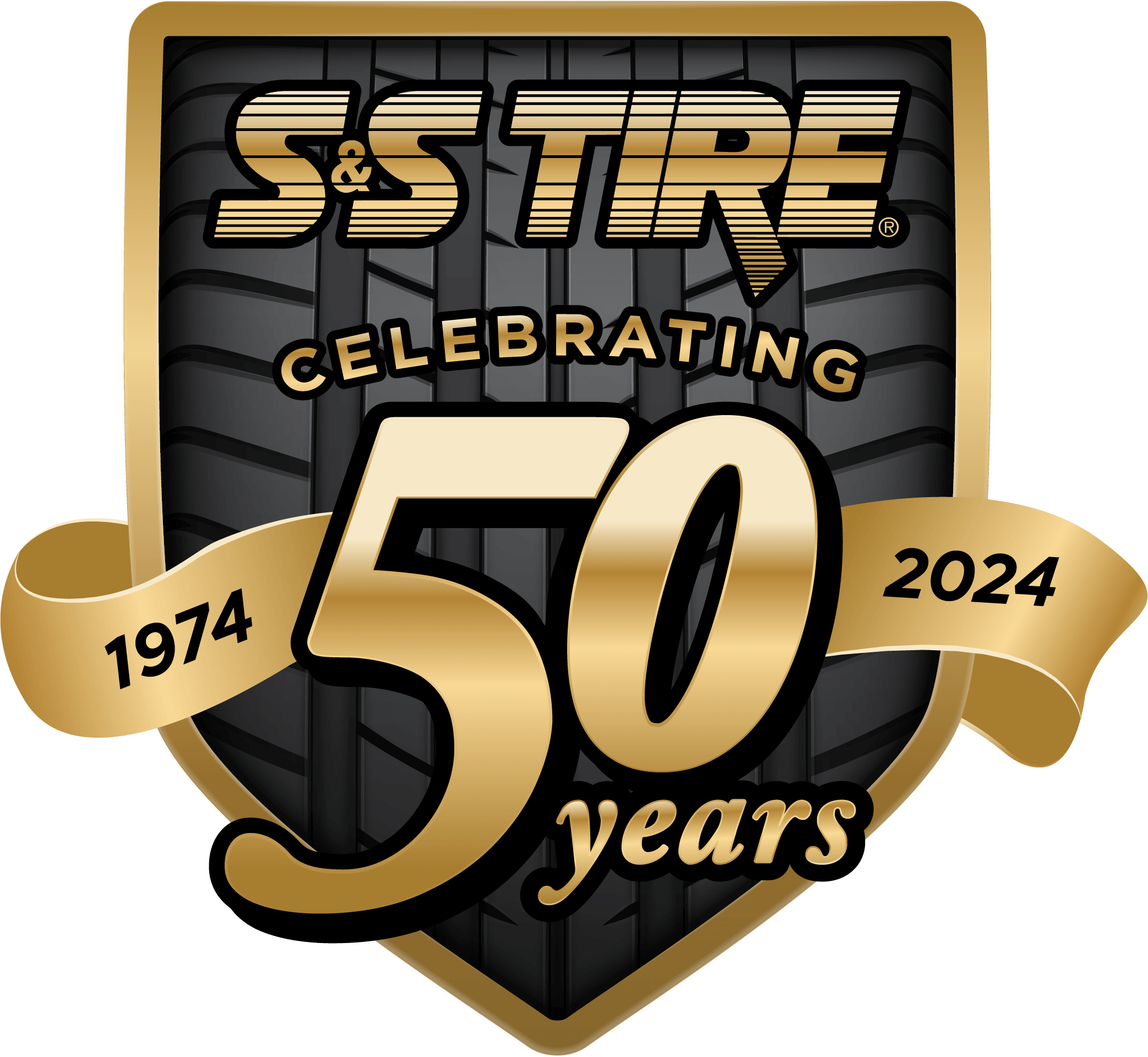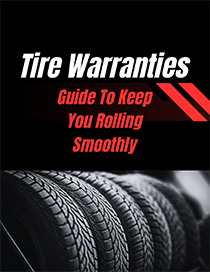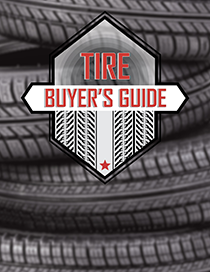FAQ
Q: How often should I have maintenance services performed on my car or light truck?
A: Check out the maintenance section of your vehicle owner’s manual to find out what regular services you require and when you should have them done. Services preformed for routine maintenance usually include an oil change, at which time other checks can be made including radiator, transmission, brakes, battery and air conditioning system.
Q: How often should a tire rotation be preformed?
A: In most cases tire rotation is recommended every 5,000 to 10,000 miles. An important maintenance service, regular tire rotation will extend the life of your tires. Along with rotation, proper tire inflation is also necessary for extending performance and tread life. Your auto service professional will examine the tread to determine the best tire positioning to promote even wear. The type of vehicle, such as a front wheel drive or a 4-wheel drive, may also determine the best tire rotation pattern. Some manufacturers have specific recommendations for a particular vehicle or tire, so always refer to your owner’s manual tire rotation guidelines to ensure proper tread wear.
Q: How frequently should I have my wheel alignment checked?
A: Along with the regular maintenance recommended by your manufacturer, it may be advisable for you to have wheel alignment inspected. This is especially true if you notice your car pulling to one side. Rapid tread wear on a specific area of your tires can also be indicative of a wheel alignment problem. Always have the wheel alignment checked if you have had any type of collision.
Q: When it comes to oil changes, which is more important – the time between service appointments or the mileage?
A: The typical recommendation is every 3 months or 3,000 miles, whichever comes first, but your vehicle manufacturer manual should be your ultimate authority. Several factors can impact your need for oil changes including engine type, oil used, vehicle age, and the type of driving you do. No matter how many miles you have on your vehicle, it is important to not go too long between oil changes, as oil does degrade over time.
Q: Is there a difference between wheel balancing and wheel alignment?
A: While wheel balancing and wheel alignment are commonly confused, but the two are separate and necessary services. When the vehicle begins to show certain symptoms of trouble balancing and alignment are usually inspected. Heavy vibration typically means you have a wheel balance issue. Rapid and uneven tread wear, or the vehicle pulling to one side of the road usually means an alignment problem. When your car or light truck shows any of these signs, wheel alignment or wheel balance could be the problem. Get an inspection as soon as possible to prevent further tire damage.
Q: What is the right tire pressure for my vehicle’s tires?
A: Always maintain the tire pressure recommended by your particular vehicle manufacturer. The Tire Information Placard, usually located on the inside driver’s door jamb, will have the maximum vehicle load, the tire pressure and the tire size recommended by the vehicle manufacturer. You can also find tire pressure information in your owner’s manual.
Q: Is gas mileage affected by underinflated tires?
A: When tires aren’t properly inflated they will encounter increased rolling resistance. This means that the engine has to work harder and use more fuel. According to fueleconomy.gov, properly inflated tires can improve gas mileage by up to 3.3 percent.
Q: Should a damaged tire always be replaced or can it safely be repaired?
A: The answer to that question depends on the type of damage and the age of your tires. In many cases repair can be a safe alternative to a costly tire replacement. The location of the puncture as well as the angle at which the puncturing object entered will determine if a repair can safely restore the tire. Usually punctures that occur between the treads and at straighter angles are the easiest to plug.
Q: If I have all-season tires, do I need to get snow tires for winter?
A: Snow or winter tires are developed to stay soft and pliable at low temperatures, so they will provide good grip and conform to icy road surfaces. All-season tires are made to deliver traction in wet and snowy conditions. The reinforced sidewalls or winter tires keep tire shoulders on the road, while the tread pattern provides better grip when turning on wet roads.










